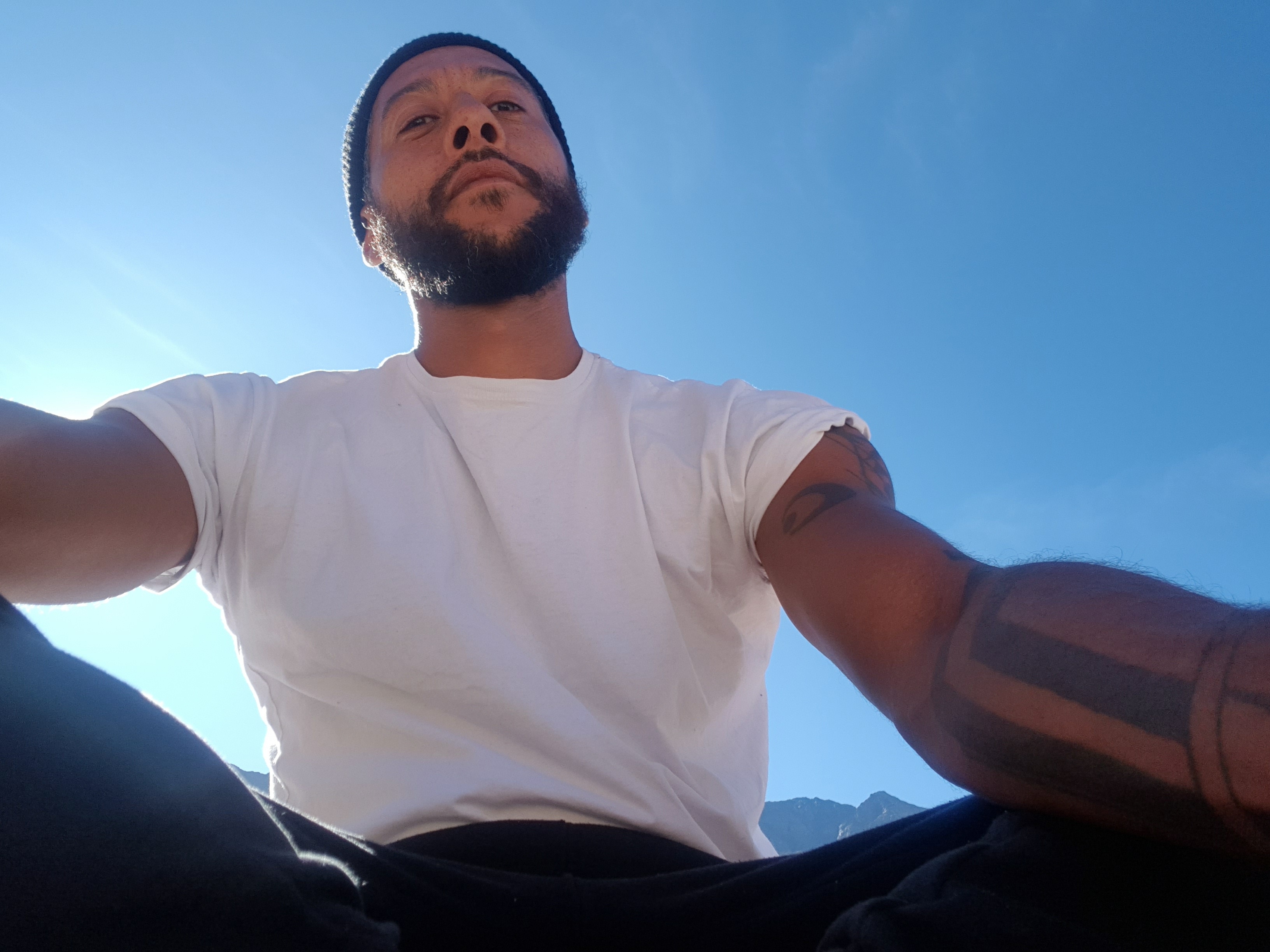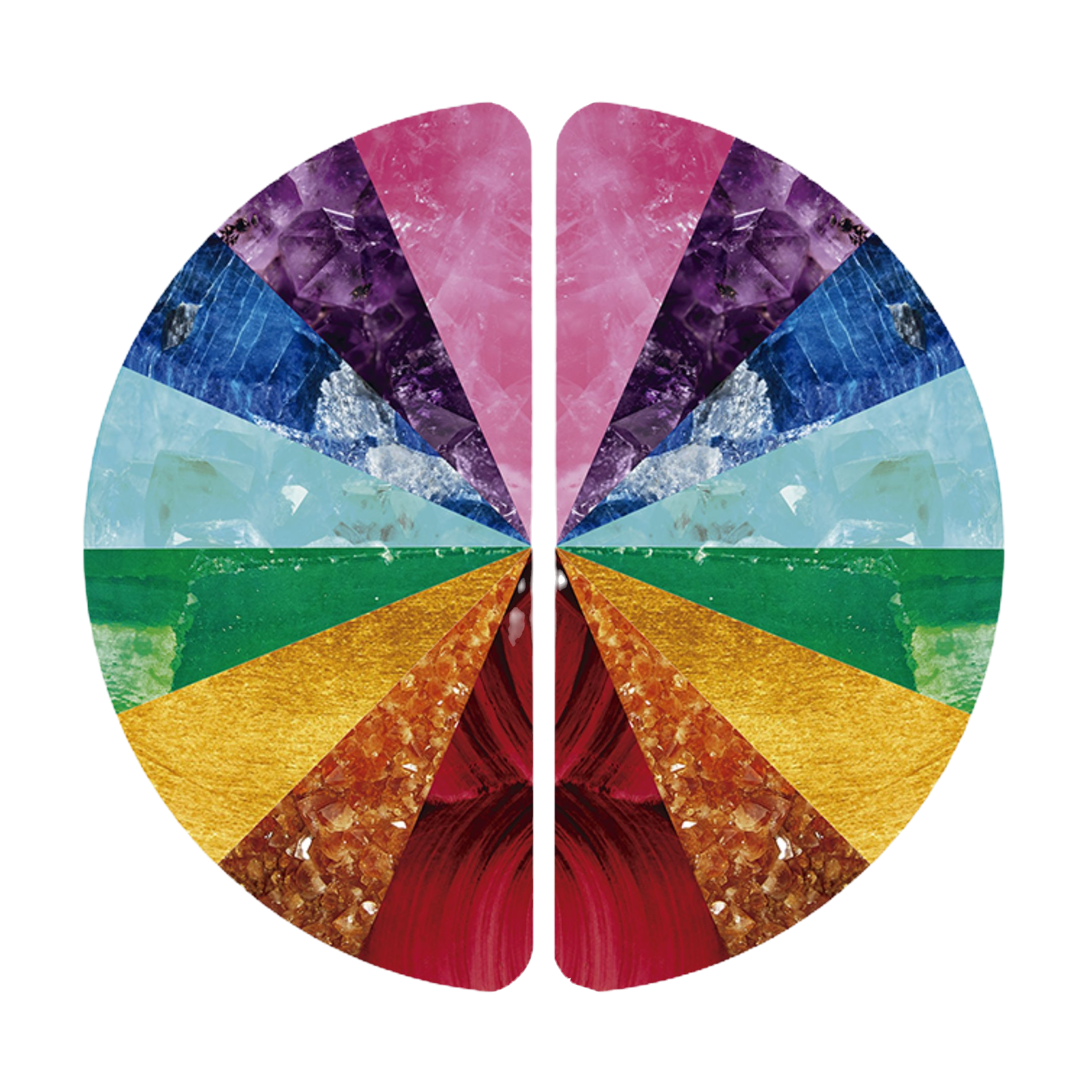Conscious Community: Where those who can, support those who can not.
- Morris Monroe

- Feb 11, 2024
- 4 min read

Living in diverse communities, I've observed a stark dichotomy: those with access to certain privileges band together, often sidelining those deemed 'less than' or 'inadequate'. This segregation, fueled by fear and judgment, raises questions about the depth of awareness at the heart of these communities.
As someone frequently marginalized, I've adopted the role of an observer, gleaning insights from the sidelines rather than striving to fit in. This detached perspective reveals a troubling trend: many sacrifice their authentic selves for the illusion of belonging, conforming to ideas that perpetuate denial, repression, and dualistic thinking. It's a survival tactic driven by a shadow fear, sustaining a tribal mentality that fosters false personas and spiritual egos while shunning the raw truth of human existence.
Observing from the fringes, the real impact of these dynamics becomes evident—the mental health toll on individuals caught in the 'collective consciousness' that prioritizes conformity over genuine well-being. This revelation begs the question: What would a truly conscious community look like?
Imagine a community that embraces the full spectrum of human experience, akin to the diverse hues of a rainbow. In such a space, mental health issues are explored openly, with a mature understanding that emotional well-being is not a fixed state but a vast spectrum. Restricting this spectrum to a narrow band of 'acceptable' emotions is as absurd as limiting a rainbow to only cool colors.
As we envision the future of inclusive 'conscious communities' or 'spiritual collectives', it's crucial to ponder certain questions. These inquiries should aim to foster education, cater to the diverse needs of the human spirit, and support mental and emotional health. Such questions might include:
- How can we educate our community members to appreciate the full spectrum of human emotions and experiences?
- In what ways can we accommodate the diverse needs of individuals, recognizing that each person's path to well-being is unique?
- What measures can we implement to ensure that mental health and emotional well-being are not just acknowledged but actively supported within our community?
The answers to these questions have the potential to reshape our communities into spaces where diversity is not just tolerated but celebrated. Where the full range of human colors can shine, creating a mosaic of experiences that enriches us all.
In this quest for inclusive consciousness, let's commit to being curious and open-hearted, recognizing that every individual adds a unique shade to the collective rainbow. By embracing this diversity, we move closer to building communities that reflect the true beauty and complexity of the human experience.
The journey towards building inclusive, conscious communities necessitates a fundamental shift in how we perceive and interact with one another. It requires us to move beyond superficial acceptance towards a deeper, more genuine embrace of diversity. This shift is not merely about tolerance but about recognizing the inherent value and beauty in the differences that each individual brings to the collective tapestry.
In fostering such communities, we must prioritize empathy and understanding, creating spaces where individuals feel seen, heard, and valued for their authentic selves. This involves dismantling the barriers of fear and judgment that often divide us, and instead cultivating an environment of mutual respect and compassion.
Moreover, inclusive communities should champion the principle of growth and transformation, acknowledging that personal development is a continuous journey. This perspective encourages members to explore their inner landscapes, confront their shadows, and embrace their vulnerabilities as opportunities for growth. It's about replacing judgment with curiosity, allowing each person's story to unfold without preconceived notions or expectations.
To truly honor the spectrum of human experience, our communities must also emphasize emotional literacy and education. By equipping individuals with the tools to understand and articulate their emotions, we empower them to navigate life's challenges with resilience and grace. This education extends beyond traditional learning, encompassing mindfulness practices, self-reflection, and the cultivation of emotional intelligence.
In practical terms, this vision can be realized through community initiatives that promote mental and emotional health awareness, offer support systems for those in need, and facilitate open dialogues about emotional well-being. Workshops, support groups, and community events can serve as platforms for sharing experiences, learning from one another, and fostering a sense of belonging.
As we embark on this journey towards inclusive consciousness, it's crucial to remember that the process is iterative and evolving. Building such communities requires patience, dedication, and an unwavering commitment to the collective well-being. It's a path marked by challenges and setbacks, but also by profound opportunities for connection and growth.
In conclusion, the vision of a truly inclusive, conscious community is one where the full spectrum of human emotions and experiences is not only accepted but celebrated. It's a place where diversity is seen as a strength, where each individual's unique contribution is valued, and where the collective thrives on the principles of empathy, growth, and understanding. As we move forward, let us hold onto this vision, letting it guide our actions and interactions, as we strive to create spaces where every individual can flourish in their authentic self.






